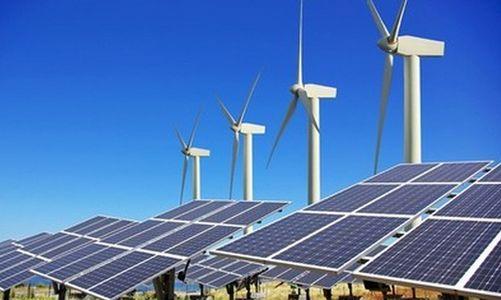 +86-22-23869896
+86-22-23869896
 +86-22-23869896
+86-22-23869896
 +86-22-23869896
+86-22-23869896

The future of the Australian continent does not need to be a future of lonely crowded cities with rental prices that would make a New Yorker spit out their bagel, we are a nation with a continent over which we can spread ourselves lightly like Vegemite, and perhaps for the first time since British colonisation, this country has an opportunity to play to its renewable strengths, to that which sustains it, to its immediate sunshine and its ancient riches, and when Australia plays to its renewable strengths all Australians, especially those in regional areas, can enjoy and profit from return country and country renewal.
Today, many in Broome will be dreaming of solar, and those dreams are close realities after the Western Australian Government released its $5.5 billion WA Recovery Plan earlier this week, a plan to combat the economic impacts of Covid-19 and, imperatively, to lay the basis, in the words of Sharyn O’Neill, WA’s State Recovery Controller, “for not only restarting and stimulating but also for reforming and transforming.” Today, a closer look at the regional focus of the plan, in particular, The Kimberley Recovery Plan (KRP).
The Kimberley has great potential for the renewable energy and clean technology sector, hence why a significant proportion of the statewide $66.3 million renewable energy technologies boost is to be invested in WA’s remote northern regions. WA Energy Minister Bill Johnston said that this package would be giving regional Western Australians the chance “to enjoy the benefits of rooftop solar and improve power quality in their local communities.”
Hence it is no surprise that one of the State’s recovery priorities is investing in renewable energy and new technologies, promising to “install more renewable energy and batteries on its networks and on State-owned assets, particularly for regional and remote communities, to improve reliability and help lower energy costs for residents and businesses.”
The KRP recognises the great potential for renewable energy in the Kimberley region for the state, the nation, and perhaps most importantly, the region itself. For what economy could be more sustainable and salutary than a renewable one?
The KRP includes $10.3 million and $1.7 million toward the installation of energy storage systems (ESS) to facilitate the uptake of rooftop solar in Broome and Yungngora, respectively. In addition, the McGowan Government is funnelling $9.92 million for state-owned utility Horizon Power to install standalone power systems (SPS) throughout the state, of which the Kimberley is set to receive four.

SPS are revolutionising WA’s energy landscape, and not simply because Covid-19 restrictions demand should all be standing alone anyway. Recently, the completion of a three-year trial to test the viability of SPS resulted in a resounding success, and regulators are heeding said results.
On top of this, $5.21 million is on its way to Derby for investment in renewable energy projects, including the uptake of solar PV on council edifices and a large-scale solar system and battery at Derby Health Campus.
The Green Recovery is a Regional Renaissance
According to new economic modelling published by Accenture’s AlphaBeta and commissioned by the Climate Council, 76,000 clean jobs could be created nationwide over the next three years in a green economic recovery to the impacts of Covid-19.
AlphaBeta’s “The Clean Jobs Plan” (Plan) sets out a dozen policy options which would accelerate sustainable job creation for, in the words of AlphaBeta Director, Andrew Charlton, “the people who need them most.”
The Plan has been released on the back of a personal plea from Clean Energy Council (CEC) Chief Executive Kane Thornton to Canberra to allow the renewable energy industry to lead the Covid-19 economic recovery, and think-tank Beyond Zero Emissions’ (BZE) publication of its Million Jobs Report, in which a green scaffolded economic recovery which posits 1.8 million new jobs can be created through renewables and low emissions projects over the next five years, many of which would be created in rural and regional Australia. This latter Report already has strong support, including Mike Cannon-Brookes, Ross Garnaut, Malcolm Turnbull, Kevin McCann, and Christiana Figueres.
Many of the young in remote parts of Western Australia like the Kimberley, find themselves heading to the South-West in search of more opportunities in the Big Smoke. But the flipside of crisis is opportunity, and the transition to a green economy, perhaps boosted by the necessity of economic stimulus brought on by Covid-19, not only promises to create new jobs in regional Australia, it promises to create more jobs in regional Australia than ever before.
Sino East Steel Group, a leading manufacturer of support structures brackets products, professional produces high quality panel mounting structure for PV project, such as c channel galvanized steel, z channel steel, omega profile, l profile, square steel tubing, h beam, etc.
Sino Green New Energy Tech Co Ltd
